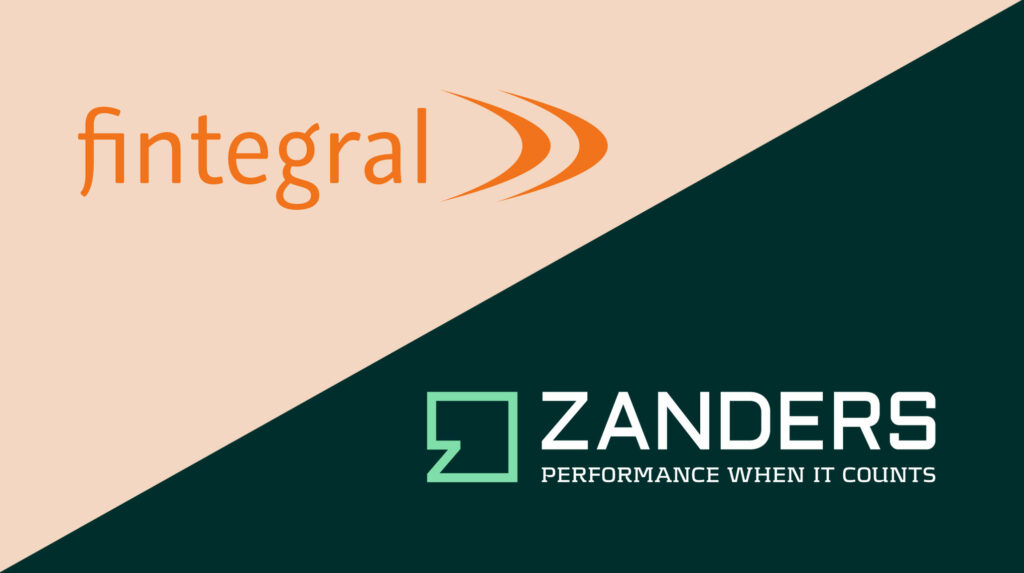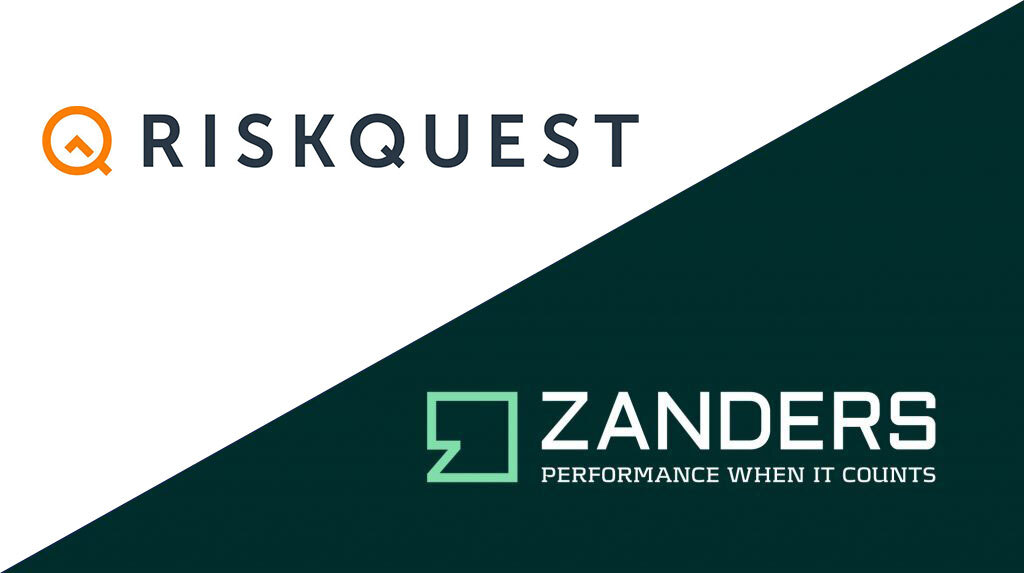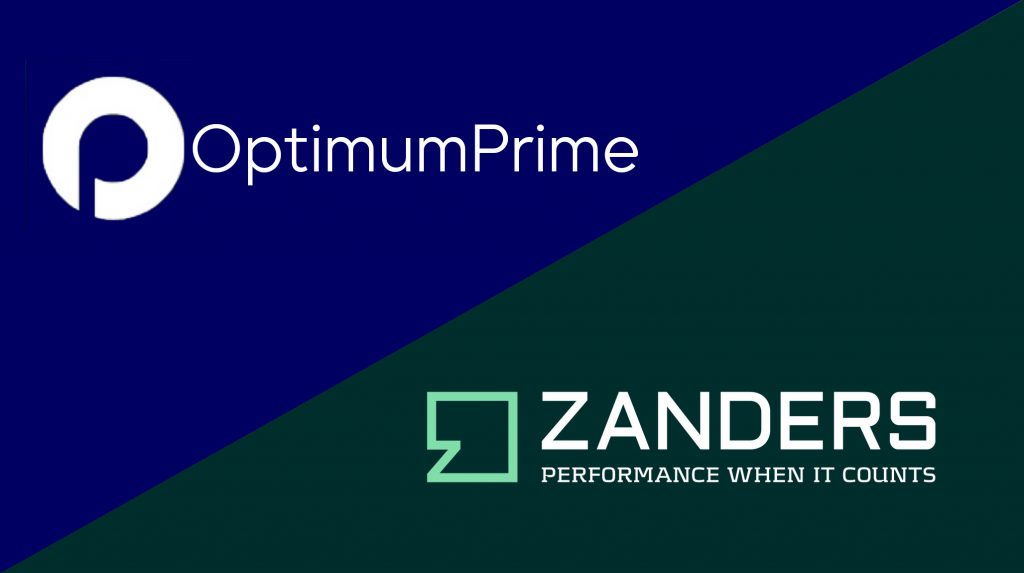Six years ago, in the middle of the challenging days of a new-born financial crisis, Anadolubank Nederland N.V. entered the Dutch market. Looking back, the bank didn’t seem to suffer much from those challenges and managed to grow steadily. However, during that process, it became clear that the bank needed to bring its risk management framework to the next, higher level.
The parent bank, Anadolubank A.S., was established in Turkey in 1996. Nowadays it is a well-known middle-sized bank with 2,100 employees, providing credits for small and medium-sized businesses. On entering the Dutch market in 2008, the bank had a challenging start but its results steadily improved and it expanded from 15 to 35 employees. The growth meant that more and more projects needed to be managed while banking regulations were intensified.
“We didn’t have all the expertise readily available to deal with the latest developments,” says Nuriye Plotkin, managing director with responsibility for risk management at Anadolubank. “Larger banks have invested heavily and therefore have more mature risk management frameworks.” For the implementation of a comprehensive risk management framework, the bank was looking for more advice and support.
Three phases
In late 2012, we invited six different parties to be interviewed about their ideas and to get an impression of their approach. We chose Zanders because it was clear that they knew the Dutch market and regulation very well, while showing a good understanding of the specific risk aspects of our bank – so this met our needs.
Nuriye Plotkin, managing director with responsibility for risk management at Anadolubank.

As a result, in January 2013, the ‘Risk Management Review’ project was initiated, covering three consecutive phases. In the first phase, completed in March, Zanders performed a scan of the risk management framework. The detailed review of the existing situation resulted in a number of recommendations for further improvements. “It showed exactly what we were missing,” says Mrs. Plotkin. The completion of the second phase provided a risk governance and policy update, which was approved by both the bank’s management board and supervisory board. The main objective of the third phase, which started in July 2013, was to improve and implement the risk models and corresponding risk reports. A practical approach was adopted that dealt with the most relevant items, in line with current best market practices and took into account the limited size of, and capacity within, Anadolubank.
“For instance, a model was developed that forecasts future cash flows for various purposes, such as interest rate and liquidity risk analysis, including the expected behavior of our savings portfolios,” Mrs. Plotkin says. Charles Zondag, executive consultant at Zanders, adds: “Many elements played a role in the project. As a small bank, you need to be flexible; continuously balancing between the importance and consequences of relevant topics, in order to make the right decisions.”
This last phase of the project was completed in November 2013. During the entire project, Zanders partner Jaap Karelse was impressed by the way Anadolubank worked.
A small but fast-growing company like Anadolubank has to deal with a lot of challenges. Regulators, the parent company, and customers all demand fast follow-up to their requests. But everyone at Anadolubank was so dedicated and worked incredibly hard – it was really impressive to see.
Jaap Karelse, Partner at Zanders.

Comprehensive
The bank’s steering committee continuously monitored and evaluated the project and took appropriate steps where necessary. The project team members, consisting of both Anadolubank employees and Zanders consultants, met on a bi-weekly basis to discuss the progress of the various deliverables, identify action points, and update the planning. “We are a small, new bank with new people entering the organization throughout the year. So you have to set clear standards. And this project helped us to do so,” Mrs. Plotkin emphasizes.
Anadolubank’s Lütfi Öztürker, who was responsible for all credit risk activities within the project, agrees: “In the past, the bank primarily relied on its banking experience. Now we have a written framework with guidelines for our day-to-day credit risk management operations. If you have a problem or a specific risk issue, we know how to best handle it. It’s clearer for everybody in the organization now.”
His colleague Ersoy Erturk adds: “As we mentioned in the beginning, the financial sector has been the most influenced by the volatile conditions of the financial crisis. In order to promote confidence among financial institution stakeholders – including regulators, supervisors, and shareholders – the bank must endorse strong risk management within their organization. This project was embraced by all team members. In our experience, behind the success of the project we have both a top-down and a bottom-up approach – risk management is mandated and supported from senior management, and each team member is empowered to speak up and take action.”
Turkish differences
“Risk management is a very deep and wide field of expertise,” adds Efsun Degertekin, risk manager at Anadolubank. “It is not easy to implement a framework into a growing organization that can deal with many changing elements in regulation and the current market.”
Besides that, the Dutch business differs from the Turkish one, adds Mrs. Plotkin. Both the parent bank and Dutch subsidiary have corporate clients. Mr. Öztürker points out: “In terms of credit assessment, both banks are conservative. But in the Netherlands, we work with larger international corporates sensitive to interest rates, while our parent bank prefers small- and medium-sized enterprises.” According to Mr. Öztürker, the main issue is the difference in regulation. “For a foreign bank in the Netherlands, that is a challenge. You have to adapt your strategies in a short period because of the different regulations. For the Turkish head office, however, this also brings useful know-how.”
Conservative approach
What about competition with other Turkish banks? Mrs. Plotkin notes: “Anadolubank’s principal strategy is to continue healthy growth in each line of business and capitalize on the growth potential of the Dutch market.” The bank achieved this growth while maintaining its conservative credit approval processes although in the corporate lending business the competition is high.
“Anadolubank has adopted a different but prudent and conservative lending approach since establishment,” Mr. Öztürker adds. “Risk management is primarily associated with the flexibility of organizational structures. Reacting in different ways and responding quickly in spite of changing conditions is a flexible approach. And both banks, parent and Anadolubank N.V., have a conservative approach but adaptive capacity.”
Future steps
For Anadolubank, 2014 will have additional challenges, says Mrs. Plotkin. “We plan to improve the reporting system. We received more feedback than we expected from Zanders. We learned a lot during the project.”
Mr. Öztürker adds: “It was a time issue to finish all items, but we managed it. And we now have the necessary know-how to scope all remaining items.”
What are Anadolubank’s plans for the next five years? Mrs. Plotkin explains: “First, we get started in the right direction and we need to stay on track. Our objective is to maintain a dynamic risk management framework to ensure we profoundly address regulatory challenges and the changing economic environment.”




































